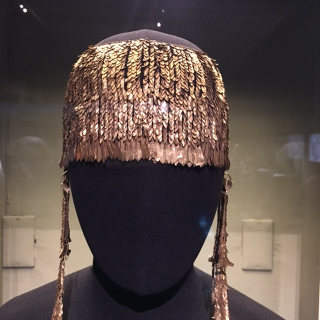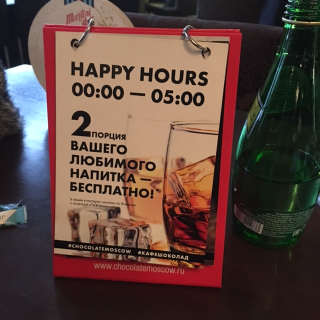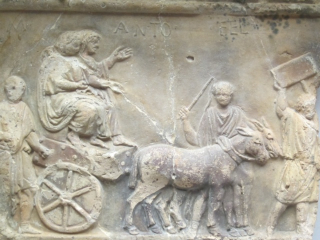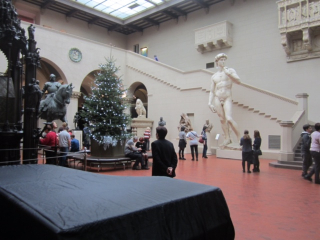Gazing on the face of Helen of Troy
I mentioned that I had been away. Well, it was to Moscow ��� for four days in temperatures that went as low as minus 24 celsius on the day we returned (on the basis of which I report that minus 24 doesn���t actually feel much colder than minus 14, except that it manages to penetrate into every tiny cavity, from nostril to tear duct).
I had never been before, even though the husband has worked there quite a lot, and it was quite hard to imagine it in its Soviet days. We stayed very near Red Square (slightly undercut by a vast Christmas market and skating rink in the middle of it), and the area was full of Prada, Burberry, Jimmy Choo and other such upmarket bits of retail. It looked to me like a very quick transition had taken place from (the downsides of) communism to (the downsides of) post-capitalism,. But to be honest I didn���t explore other areas much.
The idea was to do some of the big ���must-sees��� ��� but only queuing to get in, if queuing was part of the experience. That meant no to the Kremlin, but yes to Lenin���s Tomb (queue about 40 mins). There���s no dawdling inside (you get about 6 mins inside the building for your 40 min wait), so it wasn���t easy to work out the motives that had brought all the other, almost exclusively Russian, visitors. I certainly wasn���t sure where the boundary lay between tourism, patriotism, nationalism, and a nostalgia for the old days.
But the high spots were always going to be the museums. On our first day, we went to the Pushkin, via a caf��/bar with a more exotic happy hour than usual. There was a small queue, but no more than 10 minutes . . . we had booked online, but I don���t think it made anything much quicker. The museum itself was tremendous. One obvious reason was that they have on display Schliemann���s gold from Troy, which the Russians took from Berlin in WW2, and have only quite recently admitted they had and put on display (at the top of the post). It���s all the jewellery that you see Mrs Schliemann dressed up in, in the famous photographs, and pretty splendid. I was also pleased to find this more humble Roman terracotta plaque, showing some prisoners in a Roman triumph.
But for me the highlight was a more general one. The Pushkin has one of the world���s best collection of plaster casts of ancient (and other) sculpture. Unlike most big national collections, they haven���t got rid of/out-housed it; nor have they, for the most part, cloistered it off in its own special cast gallery. A good deal of it is spread throughout the museum, rubbing shoulders with ���originals���.
It makes for a striking visual experience, and one you don���t much see here, where collections of plaster copies has been ghettoised since at least the1930s. It���s amazing how quickly you internalise that. I walked into one gallery, where along the wall were several panels of Assyrian reliefs. Funny, I thought, I didn���t realise there were any of those here. And of course there weren���t ���really���. They were casts of the panels in the BM.
And, regulars, please try out the alternative version of this blog to get used to it! Changing soon.
Mary Beard's Blog
- Mary Beard's profile
- 4071 followers







